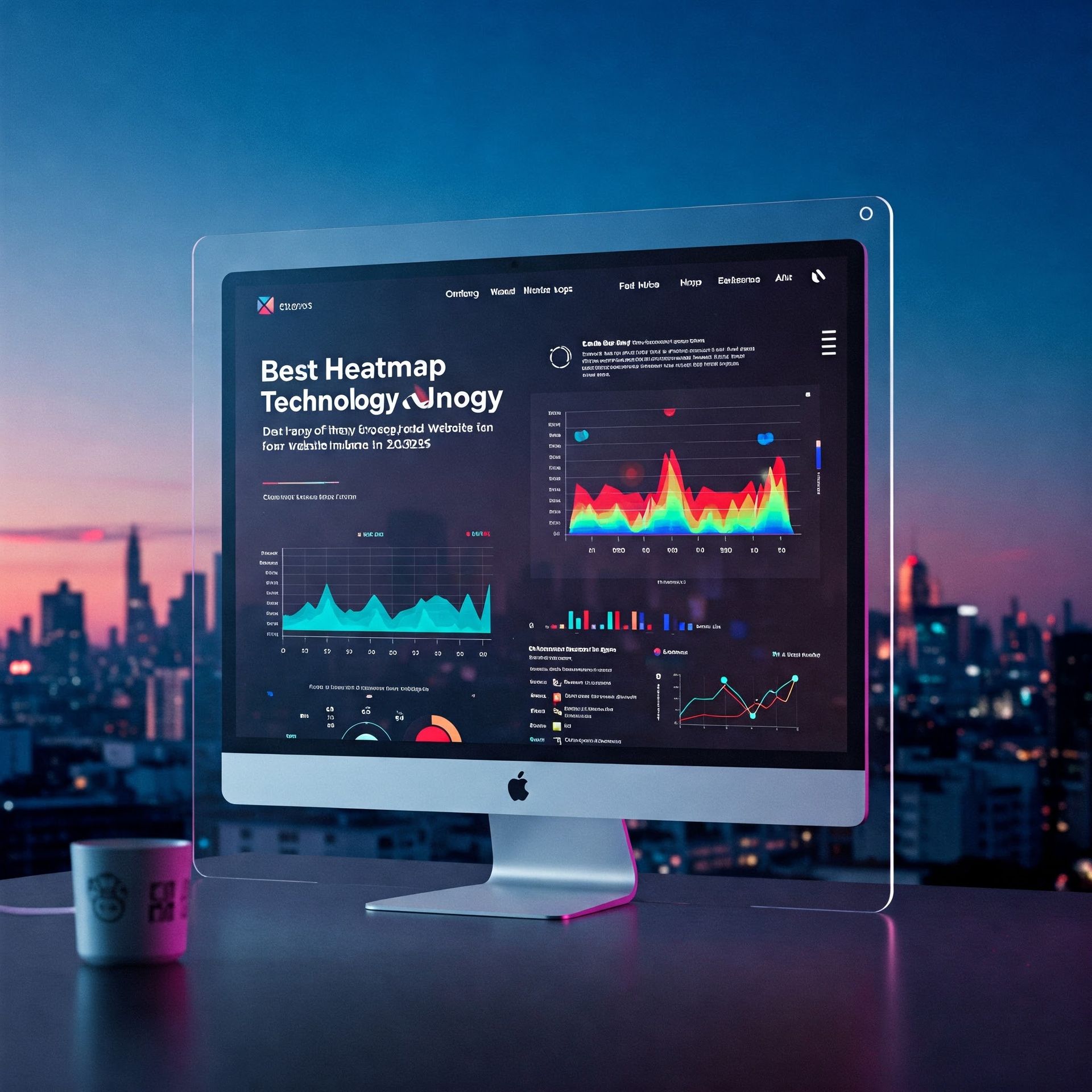
Article
Google's Core Algorithm Update: Is AI-Generated Content Good For SEO?
Google's Core Algorithm Update: Is AI-Generated Content Good For SEO?
How Google's March 2024 Update Impacts AI Content: What You Need to Know
If you've been cranking out AI-generated content without much of a human touch or input, brace yourself—your rankings might be tanking, or worse, your site's been kicked to the curb.
But wait—does this mean Google is out to kill AI content? Not quite. It's more complicated than that, and understanding what’s really going on is your ticket to staying in the SEO race.
Google's March 2024 Update: What You Need to Know
It's About Quality, Not AI Witch Hunts
Let’s clear this up—Google doesn’t hate AI. What it does hate is garbage content that adds zero value to users and tries to game the system.
A lot of sites that got hit were pumping out AI content like it was fast food—quick, cheap, and not exactly satisfying. The problem? Lack of depth, originality, and, let’s be honest, soul. Google’s been saying it for years: quality wins. Whether your content is written by a human, an AI, or your cat, it needs to offer real value.
As Google’s Search Quality Team puts it, "Our ranking systems aim to reward original and high-quality content that demonstrates expertise, authoritativeness, and trustworthiness (E-E-A-T)." Stick to these rules, and you're good.
How This Update Is Shaking Things Up
Here’s what Google rolled out with this update:
- Smarter Quality Detection: The algorithms got an upgrade to better sniff out and boost high-value, original content while pushing cookie-cutter, low-effort stuff down the drain.
- Stronger Anti-Spam Policies: Google’s coming down hard on sketchy tactics—think mass-produced fluff, repurposed expired domains, and link schemes.
Google estimates these changes will wipe out 40% of low-quality content in search results. Ouch, if you're on the wrong side of that.
How to Keep Your Content Alive and Kicking
Feeling nervous? Don’t be.
Just follow these strategies to stay in Google’s good books:
E-E-A-T Is Your New Best Friend
- Share personal experiences and authentic insights.
- Use legit data, citations, and expert opinions to back up your claims.
- Work with credible authors and sources.
- Keep it honest—Google can sniff out shady moves.
Human Touch Is Key
- AI can be a great sidekick, but it shouldn’t run the show.
- Have real humans review, refine, and personalize content.
- Make sure everything aligns with your brand’s tone and Google’s guidelines.
Create Content for People, Not Bots
- Answer the questions your audience actually has.
- Offer fresh insights that aren’t just recycled from competitors.
- Make it scannable—use visuals, bullet points, and summaries.
Don't Let AI Do All the Heavy Lifting
- AI can help speed things up, but don't rely on it 100%.
- Add your unique spin and real-world experience.
- Google loves originality—don't just rehash what’s already out there.
Get Credible Sources and Expert Voices
- Back your content with solid, industry-relevant sources.
- Interview industry pros to add depth and credibility.
What’s Next for AI in Content Marketing?
AI isn't going anywhere. The trick is to use it wisely.
Google's update isn’t about banning AI, it’s about demanding better content. Use AI to boost efficiency, but always bring the human touch somewhere in the process to make your content stand out.
Above all, AI is a tool, not a replacement for creativity and authenticity.
Use it right, keep your content valuable to your target audience, and you'll thrive through Google's updates.
Related Articles
Related Articles



